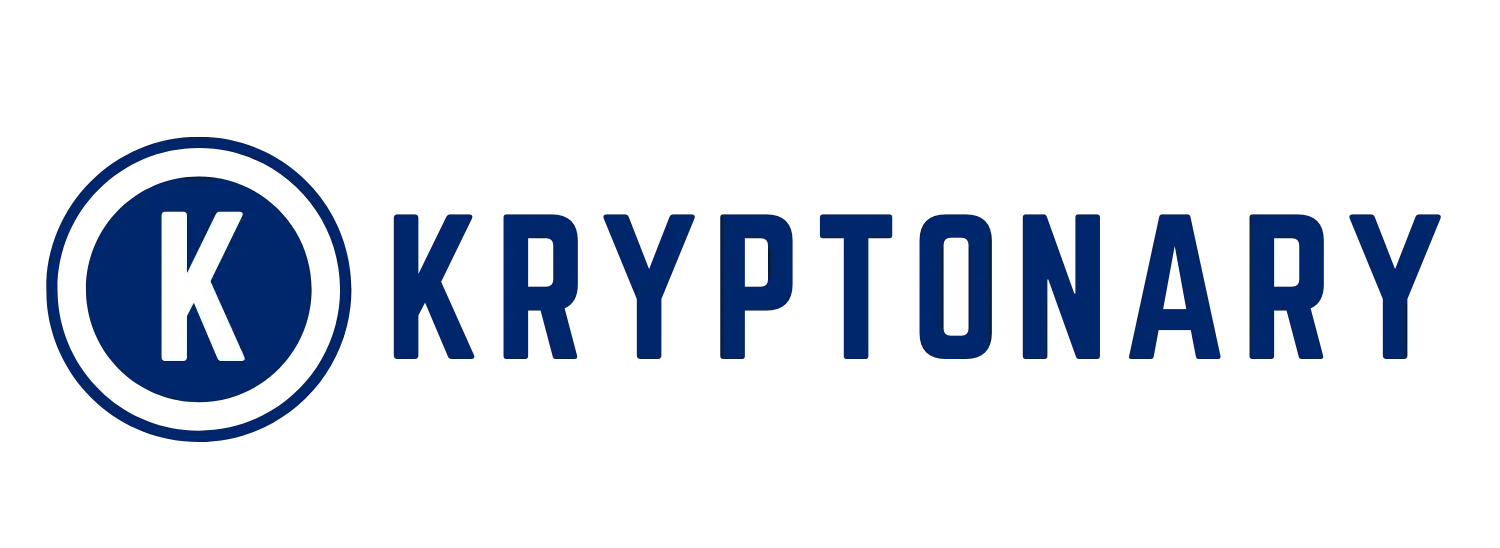Crypto Investment Products Maintain Strong Momentum
The cryptocurrency investment product sector continued its impressive trajectory last week, recording a substantial $1.04 billion in inflows, according to the latest report from CoinShares. This marks an exceptional streak of 12 consecutive weeks of positive inflows, pushing the year-to-date total to a staggering $18 billion. The sustained influx of capital underscores growing institutional and retail confidence in digital assets.
This surge in investment was accompanied by a significant increase in trading activity, with weekly volumes rising to $16.3 billion, reflecting heightened market engagement. As a direct result of this broader market optimism and consistent capital injection, the total assets under management (AuM) across all crypto funds have reached an unprecedented all-time high of $188 billion, signaling robust health and expansion within the digital asset investment landscape.
Bitcoin’s Dominance vs. Ethereum’s Quiet Ascent
While Bitcoin (BTC) undeniably remained the top choice for institutional investors, pulling in a significant $790 million in new capital last week, its momentum showed a slight slowdown compared to the average of $1.5 billion observed in the previous three weeks.
James Butterfill, CoinShares’ head of research, suggested that this dip in momentum might indicate increased caution among investors as Bitcoin approaches its all-time high (ATH), possibly anticipating a correction or consolidation phase. Interestingly, short Bitcoin products also recorded $400,000 in inflows, further suggesting that a segment of bearish sentiment persists among some investors who are positioning for a potential price pullback.
In contrast, Ethereum (ETH) continued its quiet yet remarkable ascent, marking its 11th consecutive week of positive inflows. Last week, the Ethereum network attracted a robust $226 million, bringing its yearly total to an impressive over $3 billion.
Ethereum’s Accelerated Growth Rate
The most striking revelation from the CoinShares report is the significant shift in investor sentiment towards Ethereum. James Butterfill highlighted that Ethereum products have now averaged inflows equivalent to 1.6% of their total AuM, a rate that is precisely twice that of Bitcoin over the same period.
This accelerated growth rate for Ethereum inflows compared to Bitcoin is a notable development, indicating a diversifying institutional strategy and a growing recognition of Ethereum’s unique value proposition beyond just being the second-largest cryptocurrency. This shift suggests that institutional investors are increasingly looking beyond Bitcoin as the sole entry point into the crypto market, recognizing the potential of other major digital assets.
ETH’s Utility: A Key Growth Driver
The increasing investor interest in Ethereum is strongly linked to its expanding utility, particularly its pivotal role in the tokenization of real-world assets (RWAs). Matt Hougan, Chief Investment Officer at Bitwise, a prominent asset management firm, has predicted that US-based spot Ethereum funds could see substantial inflows of up to $10 billion in the second half of 2025.
He cited Ethereum’s unparalleled utility in tokenizing a diverse range of real-world assets—from traditional stocks to stablecoins—as a key growth driver for the cryptocurrency. This ability to bridge traditional finance with blockchain technology is making Ethereum an indispensable platform for the future of finance, attracting capital not just from crypto-native investors but also from traditional financial institutions seeking to leverage blockchain for efficiency and innovation.
Altcoins Join the Inflow Frenzy
Beyond Bitcoin and Ethereum, the broader altcoin market also attracted fresh interest and capital inflows, indicating a widening scope of institutional investment. Last week, investment funds linked to Solana (SOL) took in a respectable $10.6 million, reflecting growing confidence in its high-performance blockchain. XRP products, despite ongoing regulatory discussions, added a significant $21.6 million, demonstrating continued investor belief in its cross-border payment capabilities.
Furthermore, Sui (SUI), a relatively newer blockchain, recorded $1.6 million in inflows, signaling emerging interest in its ecosystem. Collectively, crypto investment products linked to these three altcoins—Solana, XRP, and Sui—have brought in over $500 million in new capital this year, showcasing a diversified portfolio approach among institutional investors and a broader acceptance of various blockchain technologies.
Regional Investment Dynamics
A regional breakdown of the weekly inflows reveals a clear leader: the United States dominated with a staggering $1 billion in new capital. This highlights the robust and growing appetite for crypto investments within the U.S. market, likely driven by increasing regulatory clarity and product availability. Germany and Switzerland followed, demonstrating strong European interest, with inflows of $38.5 million and $33.7 million, respectively.
In contrast, some markets experienced outflows, reflecting weaker sentiment or profit-taking. Canada saw outflows of $29.3 million, and Brazil recorded $9.7 million in outflows. These regional disparities underscore the varying levels of market maturity, regulatory environments, and investor sentiment across different geographies, influencing the flow of capital into crypto investment products.
Looking Ahead: The Future of Crypto Fund Flows
The consistent positive inflows, particularly Ethereum’s accelerated growth rate, signal a maturing cryptocurrency market where institutional participation is becoming increasingly sophisticated and diversified. The trend suggests that while Bitcoin remains a foundational asset, investors are actively exploring other high-utility blockchains and altcoins for their portfolio strategies. The anticipated launch of spot Ethereum ETFs in the U.S. is expected to further catalyze this trend, potentially unlocking even larger pools of capital.
As the crypto market continues to evolve and regulatory frameworks become clearer, the dynamics of fund flows will likely continue to shift, reflecting a more nuanced and utility-driven approach to digital asset investment. The sustained momentum indicates that crypto is firmly establishing itself as a legitimate and attractive asset class within the global financial system.















